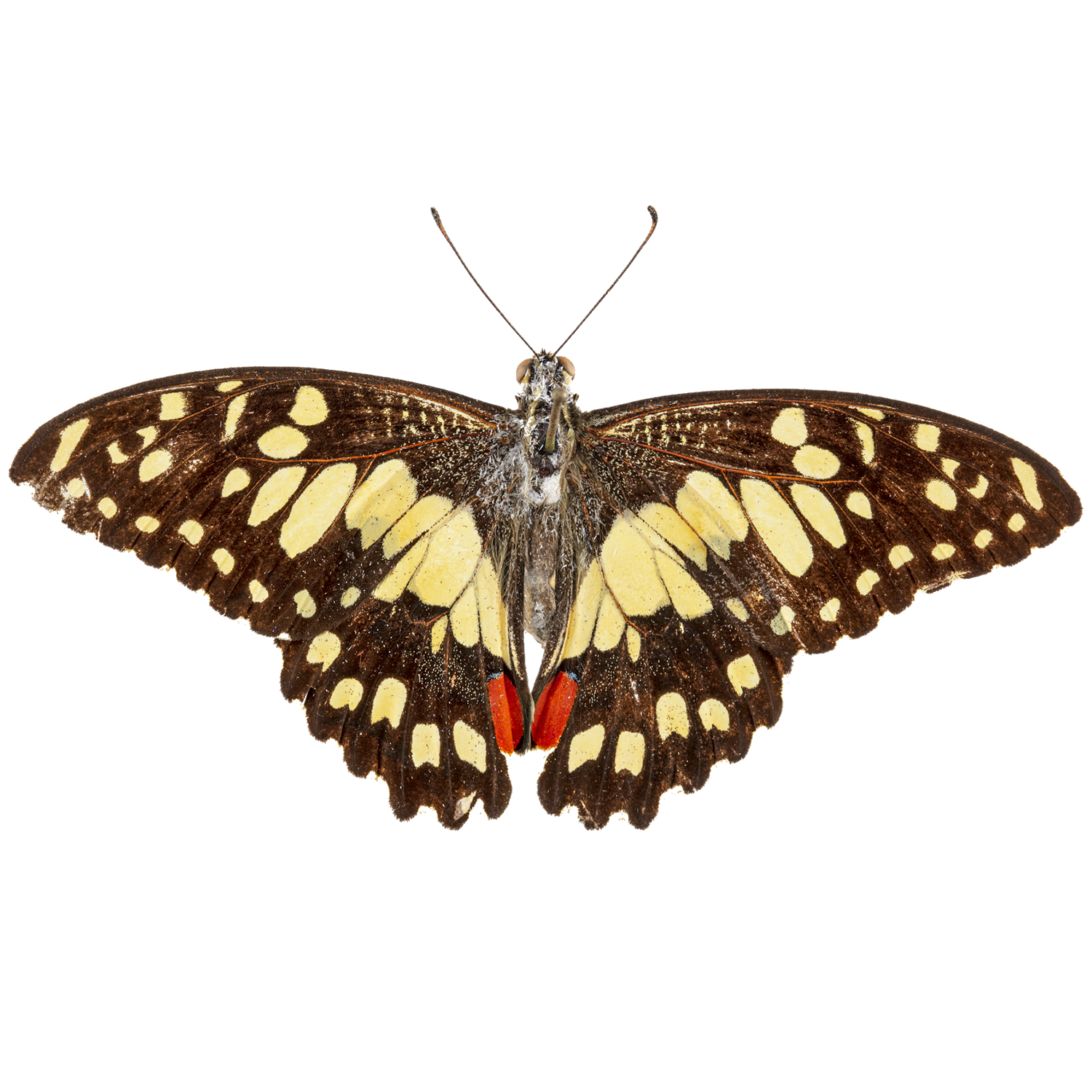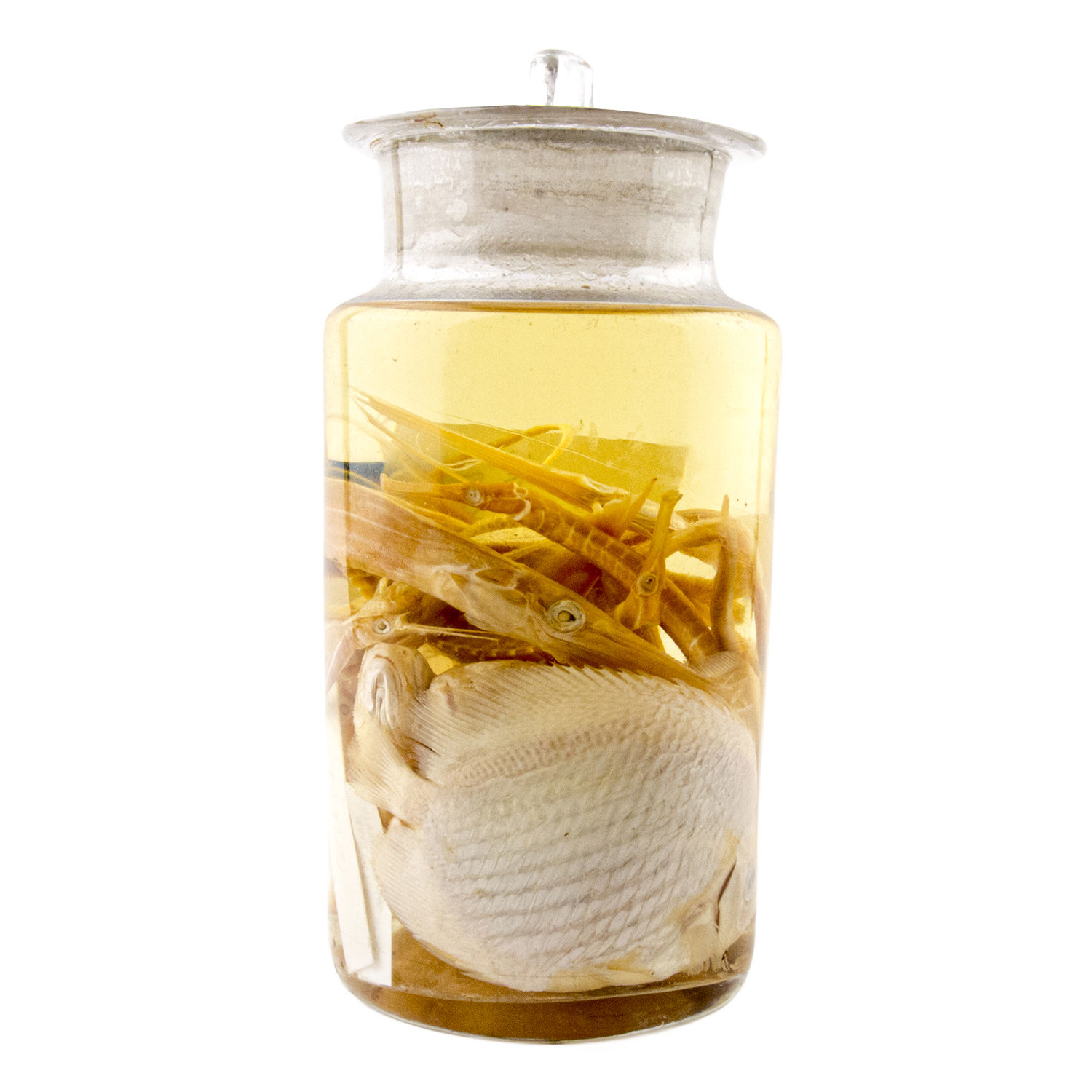
Haiwan dan Kepentingannya dalam Kemaritiman
Dari laut ke langit ke tanah, haiwan memegang tempat istimewa dalam sejarah maritim bersama di rantau Asia Tenggara. Haiwan telah memainkan peranan penting dalam amalan budaya dan ekonomi tempatan, menghubungkan orang-orang Asia Tenggara antara satu sama lain dan ke dunia.
Lumba-lumba, sebagai contoh, sering dilihat sebagai pelindung pelaut, membimbing mereka melalui perairan berbahaya, manakala penyu laut melambangkan umur panjang dan kebijaksanaan. Semakin banyak, sejarawan mengiktiraf hubungan maritim yang berterusan antara Australia utara dan Indonesia melalui perdagangan trepang (siput laut), dalam proses yang menyoroti peranan haiwan dalam amalan perubatan adat. Sementara itu, bulu burung tempatan membentuk asas perdagangan antarabangsa yang aktif pada akhir abad ke-19, mendorong spesies tertentu ke arah kepupusan pada masa yang sama sebagai habitat dimusnahkan.
Nelayan dan pelayar Asia Tenggara telah menggunakan haiwan untuk mengembangkan teknik navigasi yang canggih. Sebagai contoh, kehadiran dan tingkah laku burung boleh digunakan untuk meramalkan corak cuaca dan lokasi terumbu dan karang. Dengan sebahagian besar penduduk rantau ini bergantung kepada lautan untuk keperluan protein mereka, aktiviti memancing dan budaya bersejarah - seperti ritual memburu ikan paus di Lamalera dan tanggul ikan di Timor-Leste - juga menawarkan pandangan berharga dalam pengurusan haiwan laut yang mampan.
Di sini, spesimen rama-rama batu kapur yang dipelihara dengan baik menunjukkan kehadiran rama-rama yang meluas di seluruh Asia dan Australia, yang berkaitan dengan pengedaran tumbuhan sitrus. Tumbuhan ini, berasal dari selatan China, tersebar oleh aktiviti semula jadi dan manusia, termasuk perjalanan Eropah untuk mencegah kudis. Kupu-kupu ini, yang dikenali dalam bahasa Cina sebagai 达摩凤蝶 (dá mó fèng dié) atau kupu-kupu Bodhidharma, berkaitan dengan penyebaran agama Buddha dan seni mempertahankan diri di seluruh rantau ini. Balang ikan laut dari Ambon menyoroti kepelbagaian hayati laut yang kaya di Segitiga Karang dan kepentingan sejarah perdagangan penjajah dalam mengumpul spesimen sejarah semula jadi. Gajah seramik dari Brunei, sebuah bekas penyampaian dari abad ke-15-16, mencerminkan seni dan hubungan perdagangan Asia Tenggara. Akhirnya, lukisan emu, tentatif dikaitkan dengan artis Cina di Melaka, melambangkan ketertarikan dengan haiwan eksotik dan rangkaian perdagangan yang luas pada abad ke-18 dan ke-19.
Objek-objek ini mendedahkan bagaimana haiwan telah menjadi pusat kepada sejarah bersama Asia Tenggara dan Australia, yang mencerminkan tema pertukaran budaya dan perdagangan yang lebih luas.
Theme image: 192 Turtles and Fish in the Sea, Balustrade, Level 1, Borobudur, photograph by Anandajoti Bhikkhu, CC BY-SA 3.0.




.jpg)